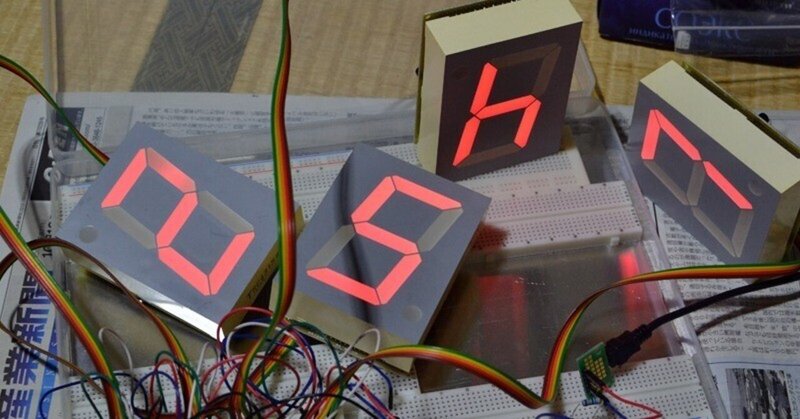
シュメール文明の神話(アヌンナキ)を、斜めに読み始めました (consider the mythology of the Sumerian civilization from a different angle)
Neanderthal Anunnaki hypothesis
シュメール文明の神話を、斜めに読み始めました。以下、雑感です。
参考文献:杉勇 (翻訳), 尾崎亨 (翻訳)、「シュメール神話集成 (ちくま学芸文庫) 」Kindle版
I started reading the mythology of Sumerian civilization obliquely with consider the mythology of the Sumerian civilization from a different angle. Below are some thoughts.
References: Isamu Sugi (translator), Toru Ozaki (translator), “Sumerian Mythology Collection (Chikuma Gakugei Bunko)” Kindle edition
冥界へ下るエピソードって、故人の肉体は、看取った人の目の前で、処分されているはずだが、何故か、冥界に死体が釘で引っ掛けられているとか、土葬にしても、死体が腐乱しても、骨は残る。死後、冥界へ行く存在は何なんだろうか? 情報?
In the episode where the deceased goes down to the underworld, the body of the deceased is supposed to be disposed of in front of the eyes of the person who cared for him, but for some reason, the body is hung in the underworld with nails, and even if it is buried, the body is decomposed. However, the bones remain. What kind of being goes to the underworld after death? information?
主人公が、女王だけど、女性なのは何故? とりあえず、紀元前4千年時点で、人間界には、階級があったってことね。王族と平民。
The main character is a queen, but why is she a woman? Anyway, as of 4000 BC, there were classes in the human world. royalty and commoners.
しかし、紀元前4千年時点(今から6千年前)の矛盾エピソード(神思想と冥界思想)が、今後、神と魂の存在を肯定し、現代社会に歪を与えてる。
However, the contradictory episode (the idea of God and the idea of the underworld) from 4000 BC (6000 years ago) affirms the existence of God and the soul, distorting modern society.
古代人は、人間の肉体は、魂(情報)の再生装置って、割り切てるのかどうか?
Did the ancients believe that the human body is a reproduction device for the soul (information)?
確かに、個人の魂(情報)に一部のコピーが、コミュニケーションを介してコピーされ、他人の脳組織を間借りする状態が起きるとは思う。
I do think that a situation will occur in which a portion of an individual's soul (information) is copied through communication, and the brain tissue of another person is borrowed.
「冥界に死体が釘で引っ掛けられているとか」、映画「ブレードランナ」のレプリカント扱い?
``A dead body is hung on a nail in the underworld'', is it treated as a replicant in the movie ``Blade Runner''?
この時代には、釘があった。
In this era, there were nails.
紀元前4千年時点で、神と人間の存在がありきなのも、何故? シュメール文明の伝説では、人間は、神によって創られている。神は、どうやって生まれたのかは、書いてない。エンリル神含む複数柱、存在していた。
Why was the existence of gods and humans common in 4000 BC? According to the legends of the Sumerian civilization, humans were created by God. It is not written how God was born. There were multiple pillars, including the god Enlil.
死人が情報なら、神も何らかの情報?
If the dead are information, then is God also some kind of information?
「アヌンナキの大神達(複数)」に、エンリル神とかがいる。最初の翻訳者が、まがい者で、「アヌンナキ」は、「アヌンナ」が正しいとか、意味は、「高貴な」だそうです。なので、「アヌンナキの大神達(複数)」は、「高貴な大神達」が正しい翻訳だそうです。何にしても、紀元前4千年時点で、神の存在を肯定している。
Among the "great gods of the Anunnaki" is the god Enlil. The first translator was a fraud, and said that the correct word for ``Anunnaki'' was ``Annunna,'' and that the meaning of ``Anunnaki'' was ``noble.'' Therefore, the correct translation for "the great gods of the Anunnaki" is "the noble great gods." In any case, as of 4000 BC, the existence of God was affirmed.
天地が創造された後に、母神が現れる。最初に、チグリス・ユーラテス地域に、堤防を築き、国を作った存在を、神としている模様。その神々は、人間(階級)かもしれないし、そうでないかもしれない。紀元前4千年以上前から灌漑土木技術があったということ。
After the creation of the heavens and the earth, the Mother Goddess appears. It seems that the being who first built the embankments and created the country in the Tigris and Eurates region is considered a god. The gods may or may not be humans (classes). Irrigation civil engineering technology existed over 4000 BC.
もっと、昔のこと、紀元前1万年以上前が知りたくなる。
I want to know more about the past, more than 10,000 years BC.
ギルガメッシュ王の時代には、神が作った建物や場所は存在していたが、神自身は、存在していない模様だが、、、、
In the time of King Gilgamesh, buildings and places created by gods existed, but it seems that the gods themselves did not exist...
アヌンナキ達は、集会を開くことがある。実際には、アヌンナキ達は、実在してなくて、有力者の仮想的建前かも。決議して、人間に指図している。
The Annunaki sometimes hold meetings. In reality, the Annunaki may not actually exist, but are just virtual fronts of powerful people. It makes decisions and gives instructions to humans.
悪霊という概念が存在していた。
There was a concept of evil spirits.
神への祈祷文が存在している。
There are prayers to God.
当時でも、書記という職業があった。鍛冶屋、大工、石工、商人、歌手、神官もあった。
Even in those days, there was a profession called scribe. There were also blacksmiths, carpenters, masons, merchants, singers, and priests.
牛が、耕している。
Cows are plowing.
牛も豚も、食していた。パンがあった。
Both cows and pigs were eaten. There was bread.
金持ちと貧乏人がいた
There were rich people and poor people
嘘をつくことができた
humans can lie
神に、家系という概念があった。
God had a concept of family lineage.
神にも人間にも恋愛があった。結婚と離婚があった。
There was love between gods and humans. He was married and divorced.
この記事が気に入ったらサポートをしてみませんか?
